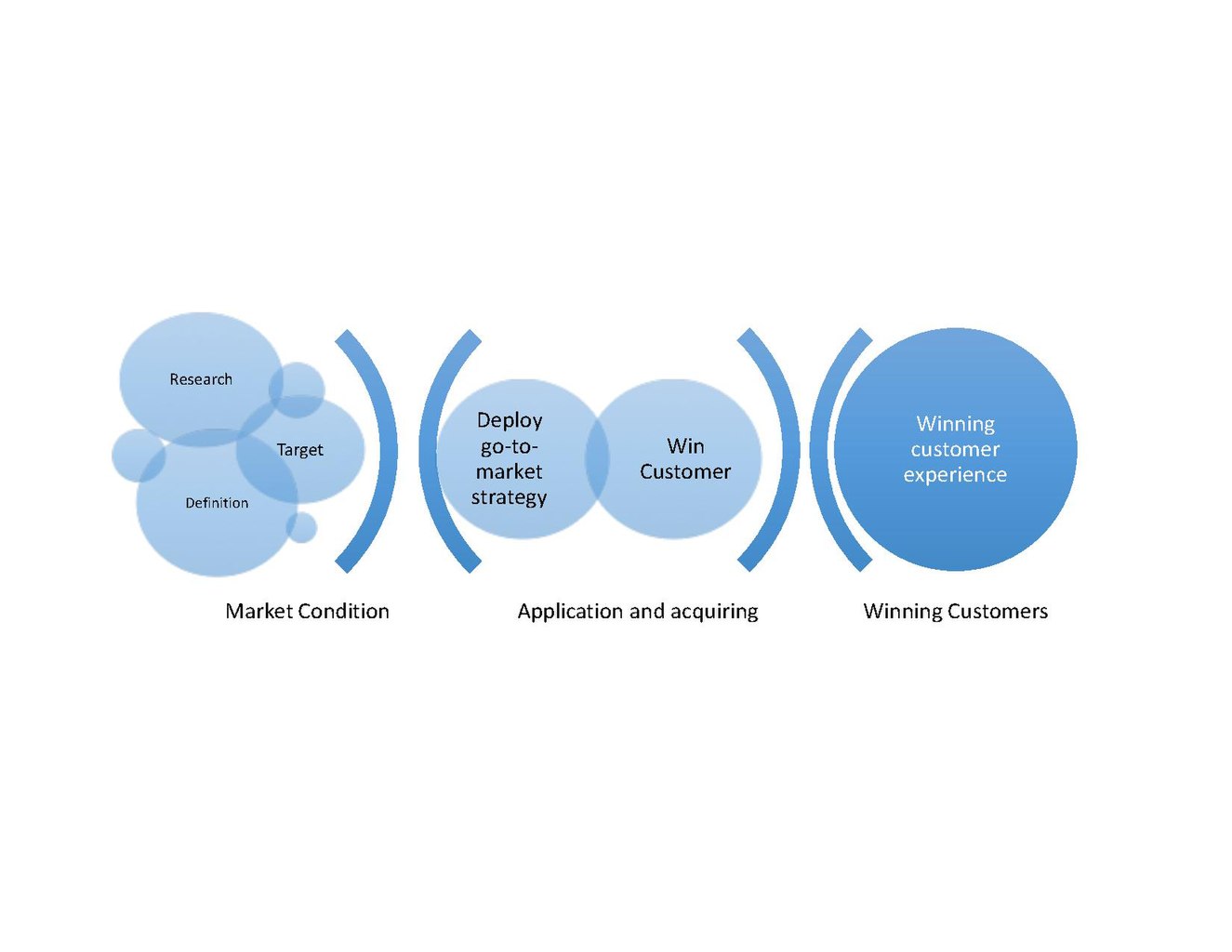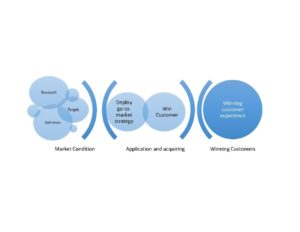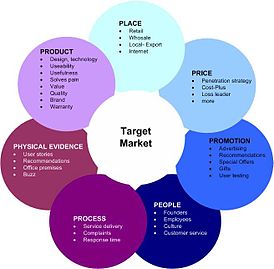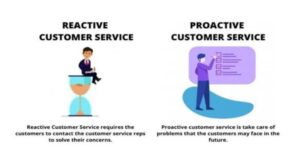
A go-to-market strategy, or GTM strategy, is the plan of an organization, utilizing their outside resources (e.g., sales force and distributors), to deliver their unique value proposition to customers (“go-to-market”) and to achieve a competitive advantage. The goal is to enhance the overall customer experience by not only offering a superior product and/or more competitive pricing, but also creating a clear framework and plan to penetrate a defined market and/or target audience
Development
n the earliest stages of developing a go-to-market strategy for a new product or service, the company has to initially define the target market. The company then must determine whether they already have prospective customers within their customer base but who are using different services.
After defining the target market, the product or service is researched until a final decision is made on the value proposition. Then the company determines its pricing strategy. It is very challenging to decide what pricing strategy to follow as it differs from one product or service to another, or even when the product or service remains the same but the strategy changes, such as switching to subscription-based pricing (an example of this is Adobe’s major shift from selling its Creative Suite software as a single purchase, which included all Adobe’s products such as Photoshop and Illustrator, to a $50-per-month Creative Cloud and various other subscription plans).
Moreover, choosing the right distribution and marketing channels, followed by promotion, are vital steps in a go-to-market strategy. A company has to decide which distribution model to choose, what kind of support and services are required, and address the possibility of creating a competitive advantage. Afterwards, the company decides how it is going to promote its product or services and what kind of marketing campaigns are most influential to follow.

Driving factors
When considering developing a go-to-market strategy, there are 3 essential factors to focus on:
Customers
Delivering exceptional customer experiences leads to loyalty and advocacy of the customer. Consequently, that triggers increased product purchase, customer retention and low service cost.[6]
These people may or may not even know you exist, and who you’d like to do business with. From a marketing standpoint, you have to figure out how to attract these people and get them to engage with your brand in some way such as visiting your website, attending a webinar, responding to an email, and more.
The first conversion point is the marketing-qualified lead (MQL), a potential customer whose interest, such as a Contact Us form or a demo request, has been reviewed by the company’s marketing team.[7]
If this rate grows over time, you are doing a better job targeting your customer base and converting them to be interested in engaging. If you have 1000 people on your email list, and 10-30 of them become leads every month, you can measure how good you are at engaging them via email.[8]
Company
Considering the company’s mission and vision is a key determining factor when performing a go-to-market strategy. Motivating employees to perform well is a decisive factor to include. Thus, defining a company’s vision and the impact it is trying to create is essential in the earliest stages of a go-to-market strategy.[9][10]
Competition
Understanding the competition is crucial in deciding what product or service to offer. Gathering information about how competitors are performing in the market, what customers think of the different products available, and what is missing in the market through conducting research using different methods such as SWOT and PEST analyses.[11]
Market segmentation
Market segmentation is the process by which one divides prospective customers into different groups (segments) that have common needs and the same expected reaction to a marketing action. This approach enables companies to offer customers full value proposition of their products or services.[12]

These are some of the common factors that are considered when performing a market segmentation in a go-to-market strategy:[13]
- Industry: The industry in which the customer is involved
- Customer size and sales potential of the customer
- Customer behavior: Studying the customer’s behavior related to the product or service such as the customer buying from a competitor or examining the responsiveness to selling effort
- Geography: Geographical locations of prospective buyers
- Application and use of the product or service by the customer
- Benefits earned by the customer due to buying the product or service
- Information that is required to be provided by the company to the customer
- Usage situation: When and where the product or service is used
- Profitability of selling to a certain customer
Compared to marketing strategy
- the products or services of a business
- market share and position of those products and services
- identification of clients and competitors
- basics of a marketing plan
Example
See also
To learn more, please visit me at: https://www.linkedin.com/in/anthonycrilly/







